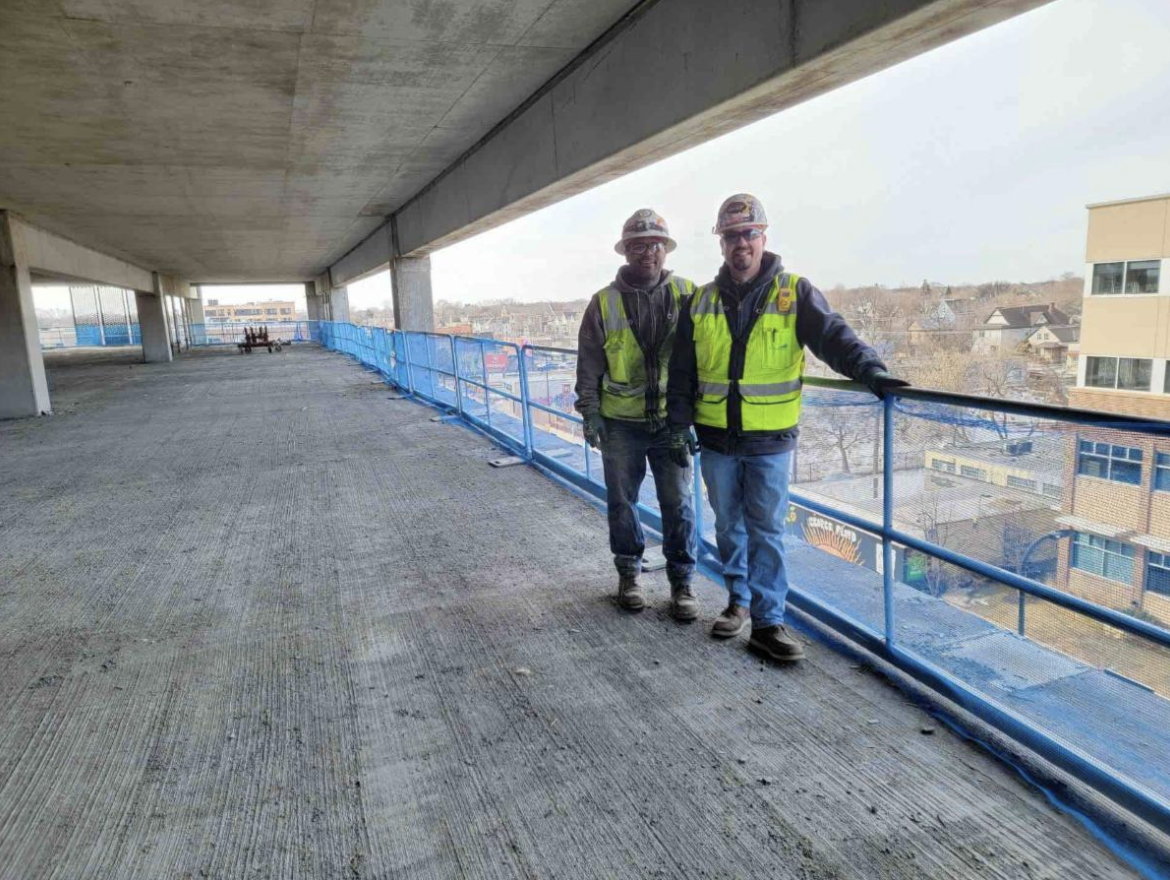Human Behaviors in Construction
We don’t “do” safety because it’s regulatory; we do it because we care for our people. We don’t want anyone to get hurt. Safety is not just for compliance or because OSHA says to do it. Safety makes sense. Most importantly, it saves lives. But, it also saves money on insurance premiums and reduces downtime.
We know human and behavioral factors play significant roles in contributing to accidents in various industries, including construction. Understanding these factors is crucial for developing effective safety strategies and preventing accidents. Here are some ways in which human and behavioral factors can contribute to accidents:

Complacency
Routine tasks can lead to a false sense of security and contribute to the sneaky nature of complacency.
“Many workers in construction do repetitive jobs.” says Deb Hilmerson, President and CEO of Hilmerson, “If you’ve been doing something over and over for years, and nothing bad has ever happened before, you start to lose the attention you would keep if you were doing something new. If you get a new tool you are focused. The danger comes with the feeling of ‘I’ve done this so many times, I can do it with my eyes closed.’ then suddenly you’re not paying attention.”
Implementing safety incentives, conducting regular safety inspections, rotating job assignments and setting clear safety expectations are great steps to combatting complacency on the job site.
Fatigue
Fatigue and lack of sleep affect your ability to make a good decisions. It can effect our reaction times and decision-making skills.
“Especially in construction, everything is a heavy load. If you’re tired, you might take a shortcut and decide ‘I can do it faster this way’, which leads to accidents”, said Hilmerson.
“During my tenure in Safety Consulting, I would often emphasize that construction workers are no different from professional athletes. You don’t see football players stretching or meditating before a game. They rest and fuel their bodies. It’s the same in construction. We are preparing to use our bodies all day, and we need to be sharp to meet the demands of the day. Conditions can be dark, cold, windy, or rainy.”
“Construction workers are also prone to injuries like back and carpal tunnel injuries, all of which can lead to fatigue. In construction, there are cranes, heavy equipment, and power tools. You might be responsible for someone under the hook or responsible for the worker at the end of the precast panel or the worker holding the saw.”
Implementing regular breaks, hydration and nutrition plans, rotating tasks, and encouraging physical fitness and proper rest can be effective strategies to combatting fatigue.
Lack of Training
Lack of training plays a huge role in safety outcomes. You don’t know what you don’t know. Many in the industry avoid extra training because they assume it takes away from their ability to make money and meet the schedule. But on the contrary there is a huge return on investment in training. The more we learn, the more efficient we are.
Beyond scheduling and investing in training programs, there are many non-traditional ways to get creative with training like pairing less experienced workers with seasoned workers, promoting cross training and conducting skills assessments.

Manager Mindset & Organizational Culture
An optimal safety culture does not endanger people. Organizational leaders need to plan the work, provide the right tools, and establish realistic timelines to complete tasks. If workers are unsure or do not know how to perform their job, they need to know they have the right to stop and say, “I don’t understand this,” without fear of punishment. Creating a culture where workers are confident that they can halt the job and ask important questions is critical. Empowering workers to prioritize safety over speed is also crucial.
“There’s less time to get a job done than ever before,” says Hilmerson. “Encouraging open communication and empowering workers to take ownership of safety and involving them in safety planning are great first steps to a healthy safety culture.”

By adopting a holistic approach to safety, employers can create safer work environments and mitigate the risks posed by complacency, fatigue, lack of training, and other critical factors.
About Hilmerson Safety
Hilmerson Safety® is a full-service safety product design and manufacturing company serving the construction industry. Since 2001 Hilmerson Safety® has been working with construction industry leaders and contractors to develop safe, lean, construction-grade™ products and solutions that add to the company’s bottom line.
For more information email us or call (952) 239-0125




